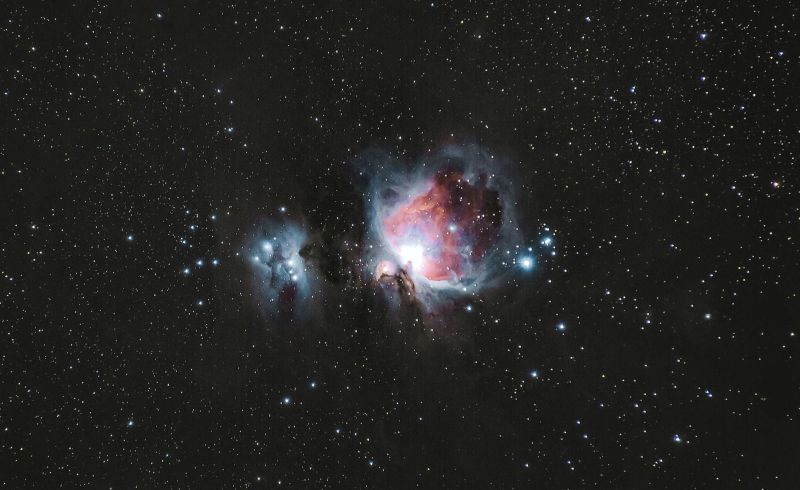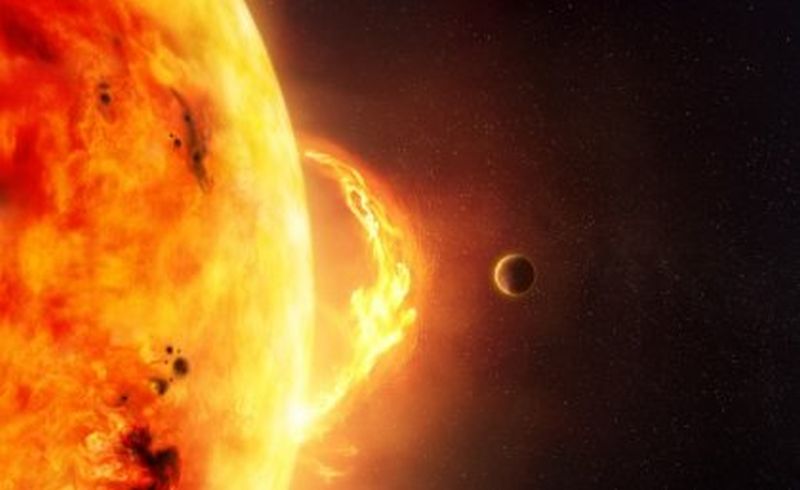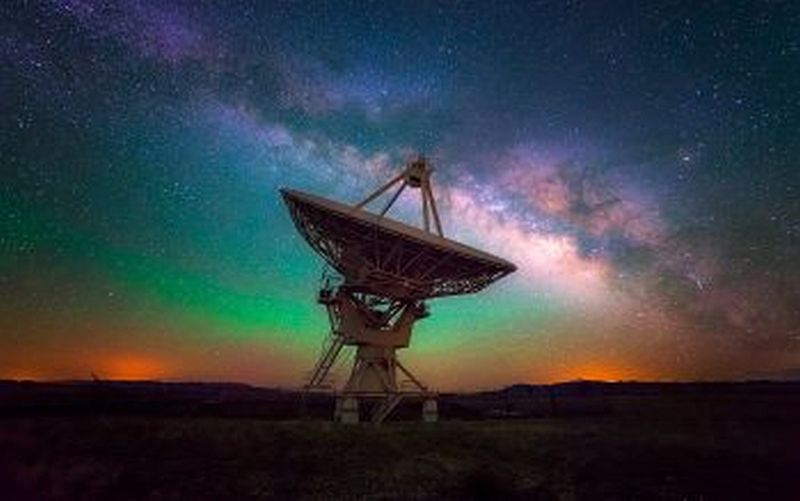
In a collaborative effort, an international team of astronomers at The University of Queensland and the Dutch national observatory ASTRON have been looking for planets with the help of the most powerful radio telescope – Low Frequency Array (LOFAR) – located in the Netherlands. Recently, they were able to figure out stars spewing off radio waves. This hints at the presence of some hidden planets.
Dr. Pope from The University of Queensland explained that they have received signals from 19 distant red dwarf stars. And out of these almost 4 were the probable candidates that could have planets orbiting them.
Radio waves from red dwarf stars
Planets within our solar system give out radio waves since their individual magnetic fields interact with solar flares. However, till date such phenomenon has not tapped from planets outside the solar system.
In this study, astronomers focused on red dwarf stars. These stars were smaller than Sun and have intense magnetic activity, because of which they were able to track the stellar flares and radio emission. While they were performing their experiment, some old and magnetically quiescent stars also surfaced. Thus, challenging the conventional understanding.

Hidden planet-star interaction
Dr. Callingham, lead author of the discovery, confirmed that the signals they are receiving are emanated by unseen orbiting planets and the obvious stars system. Their interaction is similar to that of Jupiter and its moon, Io, he further added.
Earth displays aurora borealis or the interaction of the planet’s magnetic field with the solar wind. While in Jupiter the aurorae are much stronger since its moon, Io, is spewing material out into space. Thus, filling the gas giant planet’s environment with particles that leads to powerful aurorae.
Dr. Callingham said that they too have scaled-up their model for the radio emission to the version of Jupiter and Io. And because of which, they were able to observe it from lightyears away.
Dr. Pope added that they are not truly sure if the four stars are planet hosts but the planet-star interaction is the best possibility of what they were witnessing.

Takeaway
LOFAR has its own limitation, that is, the telescope can only monitor stars up to 165 lightyears away.
The team envision that by 2029 they will be able to observe hundreds of relevant stars out to much greater distances with establishment of Australia and South Africa’s Square Km Array radio telescope, since, it is currently under construction.
However, the recent finding would help radio astronomy to take a giant leap in discovering planets throughout the galaxy.
In fact, earlier astronomers were able to trace nearest stars with a steady radio emission. Other than that, everything in the space was considered as interstellar gas and exotica such as black holes & gravitational waves.
Now, space scientists are able to observe old stars, and consequently they can look for planets orbiting those stars.



